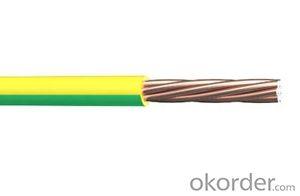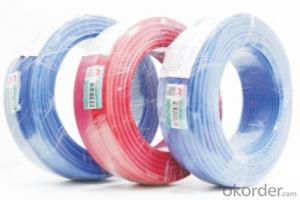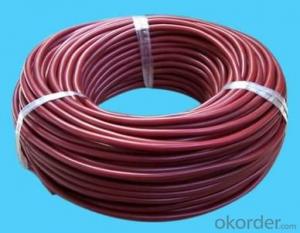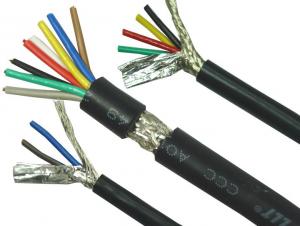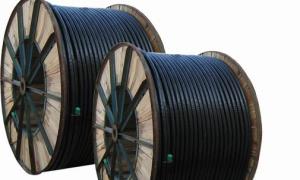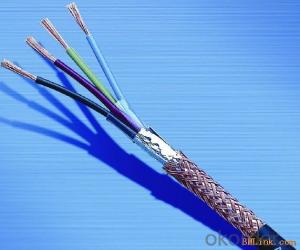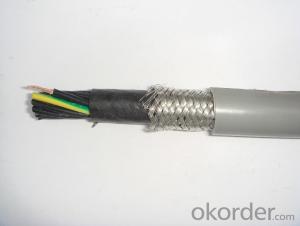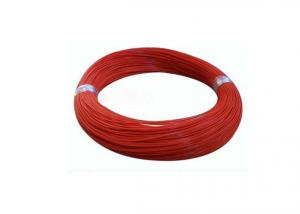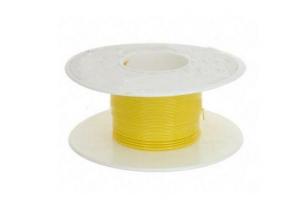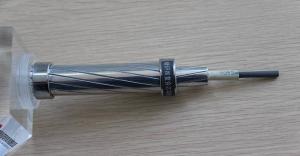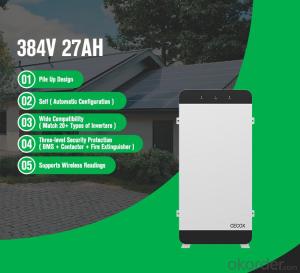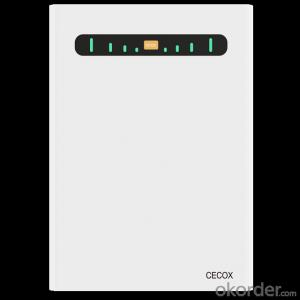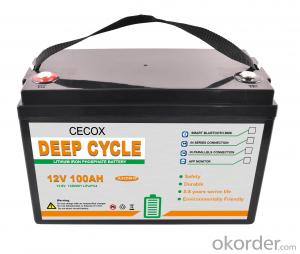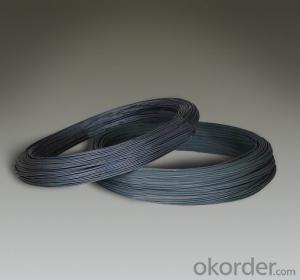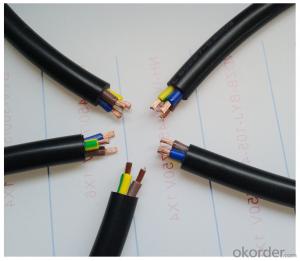Single Core PVC Wire 0.6/1kV as per AS/NZS 5000.1
OKorder Service Pledge
OKorder Financial Service
You Might Also Like
Single Core PVC Wire 0.6/1kV as per AS/NZS 5000.1
Application
For separate earth conductors, switchboard and control panel wiring. For fixed wiring within other enclosures or apparatus where the cable is not accessible without the use of tools.
Rated voltage: 600/1000V
Conductor: Copper 1~150 mm2
Insulation: PVC, V-90
Environmental performance: Normal operating temp. 75℃
Standards compliance: AS/NZS 5000.1
OEM can be available
Remark: Flame retardant or fire resistance or Low Smoking and Halogen free or other property can be available
Product photo
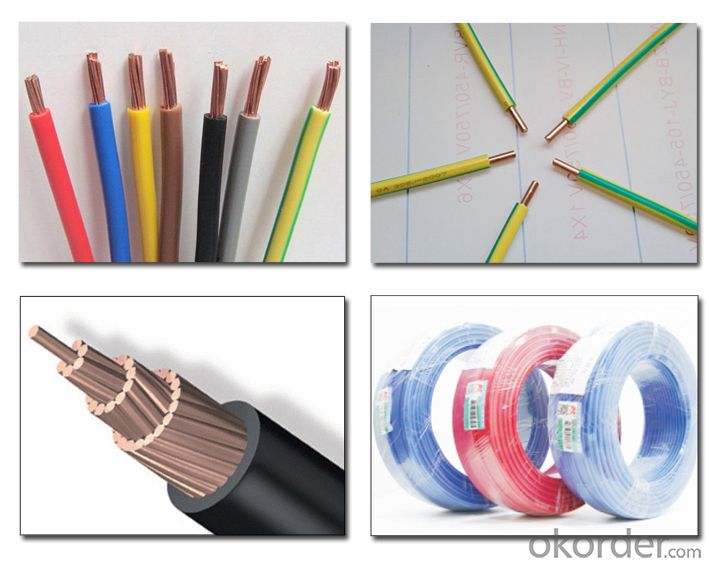
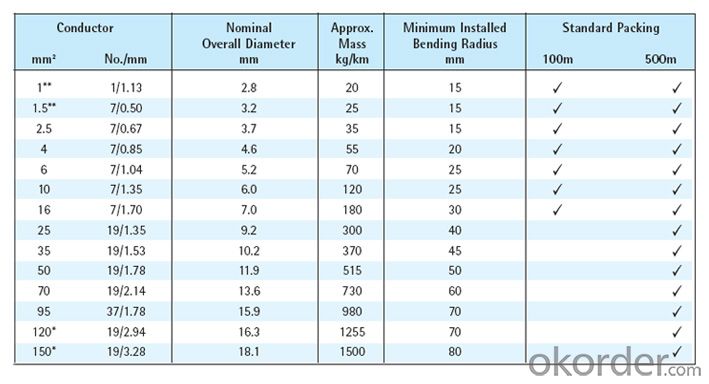



Main Quality Inspection Equipment
Sparker tester,Heating aging Chamber,High resistance machine, Oxygen index equipment, Partial discharge inspection instruments, Fireproof testing device,High-power voltage withstand tester,No-rotor Vulkameter,Pull tester,Analytical balance,Direct current bridge,Plastic tester,Projector, Punch machine,Cross-linked cutting machine,etc.

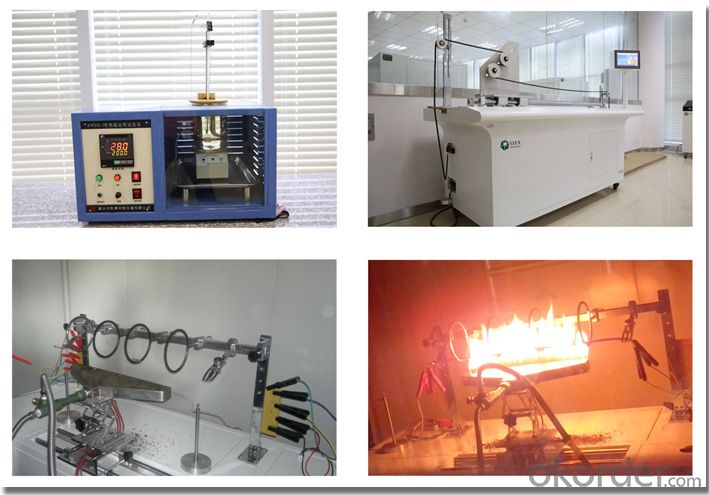
Company Overview





Certificates


- Q:Electrical wire can be supplied spooled, or kirked, What is 'kirking' and where does the term originate?
- That's a new one on me. It seems to mean wrapping into a long bundle without using a spool. I've done that with wire lots of times but never knew it had a name! As for it's origins, who knows. I'd guess it's an old sailors' term for a way of wrapping up a rope.
- Q:I'm 13, and I know a lot about electrical wiring. I've been reading home improvement/wiring books since I was 9, and I've also been practicing hooking things up since then. There's a few electrical things around the house that I know are wrong and I would like to fix them myself. I know exactly what to do, what parts to buy, what tools to use, and which circuit breakers to turn off. My dad is going away on business for most of the week, and I would like to surprise him when he gets home on Friday.I also want to be an electrician when I grow up.
- NO. - You might not know as much as you sincerely believe. that you do. - That's very normal at 13. I applaud your study and effort, and your wish to help out, but there are a lot of details involved that you might not know and mistakes can be dangerous, hard to spot, and make serious trouble years later. That's why apprenticeship supervision programs are required for adult electricians who have gone to school on the subject.
- Q:i have a main service panel that was probably installed in the 70s or 80s. there is a bus bar on the right side that all of the white neutral wires terminate into. (there is also a bus bar on the left side, that is totally empty.) there are no bare copper ground wires visible anywhere in the box. the circuits all run from under the crawl space into exterior junction boxes on the siding, then up through metal conduit into the panel. i know some of the circuits are older, but some were added just in the last couple of years, and were done with permits. so how and where might the circuits be grounded?
- The metal conduit is the ground. Commercial buildings require metal conduit and don't use any ground wires.
- Q:i am used to the red, black, white, green and bare cables. but i got a chanelier with two black cables and a bare cable (ground) so how do i put it up?
- Use a continuity tester to determine which wire goes to the lamp shell. That's the neutral, connect it to the white in the ceiling box. The other goes to the switch leg. If you were to hook it up in reverse it would work but you could easily get shocked changing a bulb with the power still on. The bare wire is of course the ground.
- Q:I have a halogen heater and one of the bulbs in it started flickering so I opened it up disconnected that bulb and found the casing around one of the wires connecting to it was burned off. So I have this exposed wire which is not connected to anything and was thinking about just covering it with duct tape and using the heater again. Now im not stupid and everything about this to me sounds like a bad idea but would like to get a second opinion on exactly how dangerous it would be, it would only be temporary until I got a new heater.
- cut the end off down to the insulation and put a wire nut onto it. every electrical circuit has 2 wires - in and out. what happened to the other end? obviously, u will only get 1/2 the heat unless the bulbs are connected in series, the u will get nothing. I would assume there is a high and low setting - so it will only work on one of them but will always be low.
- Q:I have a pet rat with quite a persistant chewing problem. He constantly chews through wires when I let him free roam and he is not the first rat I have ever had that has done this, but he is to the extent that he chews the wires. He chews them right down so that the metal inside is hanging out. Today I picked up one of the wires without realising what he had done and got quite a nasty electric shock on my hand which actually broke the skin very slightly! Needless to say today is the very last time he free roams unsupervised and I realise I have been foolish to let him do so for so long. But I am just wondering, if I can get a shock like that, howcome when he is chewing the wire he (and the other rats I've had do the same thing) is always completely unharmed.let alone how do they not die? - If a human being can get a rather forceful and painful shock, how can the force not kill something as small as a rat?!
- Oh, my rats do the same thing! They've chewed through so many pairs of my headphones anyway, the reason you got shocked is that the wire touched your skin. And with your rat, the wire probably only touched it's teeth, so ur rat wouldn't get shocked. Hope i helped!
- Q:I was changing a light fixture in my bedroom today. I took down an old ceiling rose which had the live wire, two neutrals, three loop wires, and 4 earths. I used the brass connectors and kept the wiring the same so all in all i simply connected up the live, neutral, and earth wire the the connectors from the old fixture. I tested the light before i stuck attatched it to its bracket and it worked fine, however when i attatched it to the bracket the brass connectors touched the metal of the new fixture and and blew the upstairs lighting. At first i thought it may be a fuse, so i bought two brand new but to no avail. Any ideas as what could be preventing any of the upstairs lighting from working?
- You mention brass connectors if they are metal on the outside of the hot wire then you are creating a short. All your wires should be connected with wire nuts which are plastic on the outside. Insulate your wires and then try rechecking your fuses.
- Q:I want install 4 outlets 120/20A next each other in separate circuit breakers.The distance between panel and outlets around 150 feet. and run conduit 3/4. To save cost. How many or a minimum #12 wires can I use. I have 4 hot wires dedicated for each circuit breakers. And for neutral wires can i use 1or 2 white to all outlets and one green for all 4 outlets or I have to use sepreate neutral/w to each outlet from the panel.
- if you use twin pole circuits (230 split outlets) then you can share a neutral wire in the circuit 4 outlets 6 wires. (use 2 red 2 black 2 white) If you use two circuits of the same leg from the panel then you cannot share a neutral. Check the codes in your country, Some places have code requiring a separate neutral for each outlet in case a later modification is done stupidly.
- Q:I live in a building that was built in 1928. Much of the original wire is still in use, Recently, I tried to install a new ceiling fixture but the wire was so old that when I touched the cloth insulation some of it literally turned to dust. (As a result, I called an electrician to replace the wire and install the light.) In the early 1970s, the building was upgraded with circuit breakers and some new wire, but does the old wire need to be replaced? Is it a fire hazard?
- It isn't so much the wires, but in old installations they put connecting boxes between floor and ceiling, where things like wood shavings, sawdust and paper were often left after building work. This was believed to be the cause of a number of house fires when connections got loose and sparks flew. Modern wiring has all connections in boxes which are accessible. In the uk modern installations should be certified safe, and if part of the wiring is old, you will not have a fully dertified installation, and this has implications not only for fire safety, but also for for insurance claims. it is best to get new wiring for ALL the installation. Old wiring is best removed, if not for safety reasons, then at least so that in the future an electrician will not be wondering if old wiring is still connected somewhere.
- Q:I have two electrical outlets in my bathroom, one feeds the other. They do not work.The lights work and the surrounding outlets work. I've checked every GFI outlet in my house but cannot find a source.
- Some newer homes do not have GFI outlets; the Ground Fault Interruption protection is provided by the breaker switch on the panel -- and these specialized GFI breakers can sometimes appear not to be tripped when, in fact, they are. Look on your panel for any single breakers that look slightly different from the others, especially with an extra button. Turn such breakers firmly off, then firmly on again to reset them. I suspect this will resolve your problem. Regarding your original question: Home Depot, Rona, and Lowes sell a cool electronic stud finder with a feature that lets you trace electrical wires. Check it out.
1. Manufacturer Overview |
|
|---|---|
| Location | |
| Year Established | |
| Annual Output Value | |
| Main Markets | |
| Company Certifications | |
2. Manufacturer Certificates |
|
|---|---|
| a) Certification Name | |
| Range | |
| Reference | |
| Validity Period | |
3. Manufacturer Capability |
|
|---|---|
| a)Trade Capacity | |
| Nearest Port | |
| Export Percentage | |
| No.of Employees in Trade Department | |
| Language Spoken: | |
| b)Factory Information | |
| Factory Size: | |
| No. of Production Lines | |
| Contract Manufacturing | |
| Product Price Range | |
Send your message to us
Single Core PVC Wire 0.6/1kV as per AS/NZS 5000.1
OKorder Service Pledge
OKorder Financial Service
Similar products
New products
Hot products
